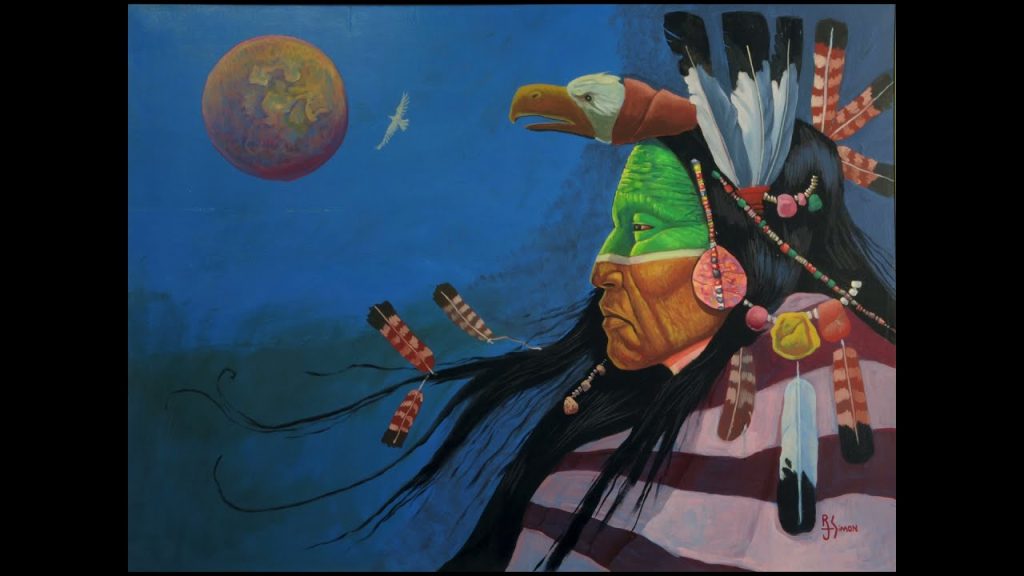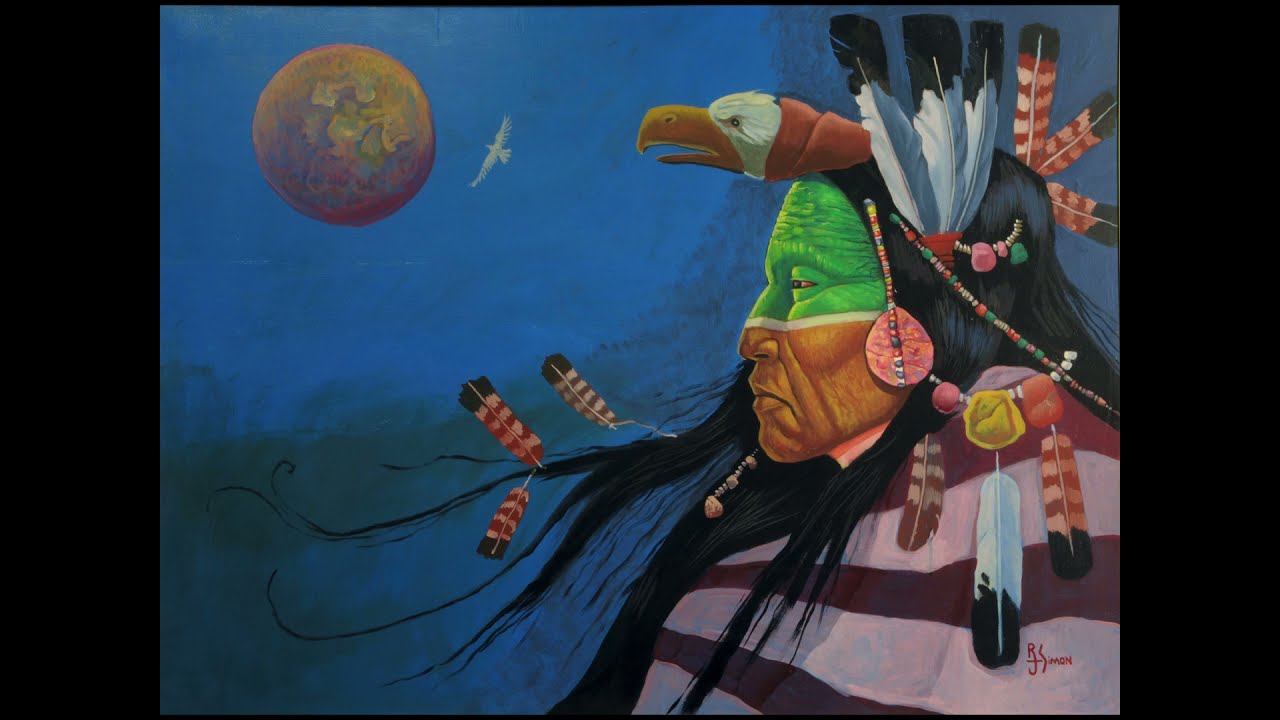
Exploring the Art and Techniques of Wabanaki Weaving

GREENWICH, Conn. — Jeremy Frey weaves slim strips of wood into mesmerizing patterns and color combinations with extreme precision. In each impeccable vessel, ancestral Wabanaki basketmaking traditions crisscross with the Passamaquoddy artist’s distinctive creative vision, and wood harvested from ash trees, sweetgrass, and other foraged materials turn kaleidoscopic, with dizzying geometric patterns and colorwork. A keen sense of craftsmanship and a predilection for challenging boundaries have helped to propel Frey’s work into the national spotlight, landing him top prizes at the top Indian markets, his first solo gallery show in 2023, and growing acclaim — for both the artist and his community of fellow Wabanaki basketmakers.
Jeremy Frey: Woven marks the artist’s first museum exhibition — and the first presentation of Wabanaki basketry in a fine-art museum. The exhibition, featuring some 50 baskets, first opened at the Portland Museum of Art in Maine in May 2024, before traveling to the Art Institute of Chicago. Now, in its third and final stop, the show is on view at the Bruce Museum in Greenwich, Connecticut through early September. (It recently reopened after the museum closed due to unexpected building maintenance for nearly four weeks of the show’s scheduled three-month run.) A gorgeous, photo-rich catalog, the first book about the artist, accompanies the show.
Basketmaking knowledge has been passed through generations of Wabanaki weavers for thousands of years. Each begins in the forest, with a black ash tree, also known as brown ash or “basket tree.” It’s a species that’s deeply intertwined with the culture — in creation myths, the Wabanaki people came from their bark. It’s only after the labor-intensive process of felling a suitable tree, removing the bark, pounding the trunk to loosen strips of wood (or “splints”) from the growth rings, cutting (or “gauging”) the strips to uniform widths, dyeing, and preparing basket forms that the weaving even begins. In the exhibition, “Ash” (2023), a cinematic, non-narrated 11-minute film follows this process. On screen, accompanied by lush layers of nature sounds, Frey weaves with nimble hands, echoing motions perfected by his predecessors through millennia.
Showcasing the visual language of Wabanaki basketry and Frey’s inventive additions to the lexicon, this mid-career retrospective traverses the artist’s first two decades as a sculptor. Organized in a rough chronology, starting with his early works (2003–12), Woven traces the ways Frey’s work builds on traditional techniques, including qinusqikon (porcupine or point weave), a weaving method marked by triangular, thorn-like protrusions, and apsoshokunwe (fine weave), in which the wood is gauged down to super-thin strands.
Frey’s basket-sculptures range in shape and size from squat, spiky forms inspired by sea urchins (a traditional Passamaquoddy food source) that you could cradle in open palms to tall, sleek, fine-weave vases and vessels too wide to circle your arms around, as in “Watchful Spirit” (2022), an intricate and voluminous commission for the Denver Museum of Art, which took Frey six months of concentrated labor to complete. Some vessels are topped with circular finials, others with quillwork lids depicting animals and insects made with quills salvaged from roadkill porcupines — though you may need to stand on tiptoes and crane your neck to see the creatures, given the height of the exhibition’s display cases. A staggered series of rims crown “Biased Top Basket” (2013), and double-walled works harbor secrets. With its muted, undyed exterior, for instance, “Navigating Tradition” (2023) looks like an understated, undyed vessel from some angles. But the interior holds a surprise, bursting with color: a vibrant violet-and-red checkered fine-weave number. The piece encapsulates one of Woven’s recurring themes: the push-and-pull dynamics of tradition and